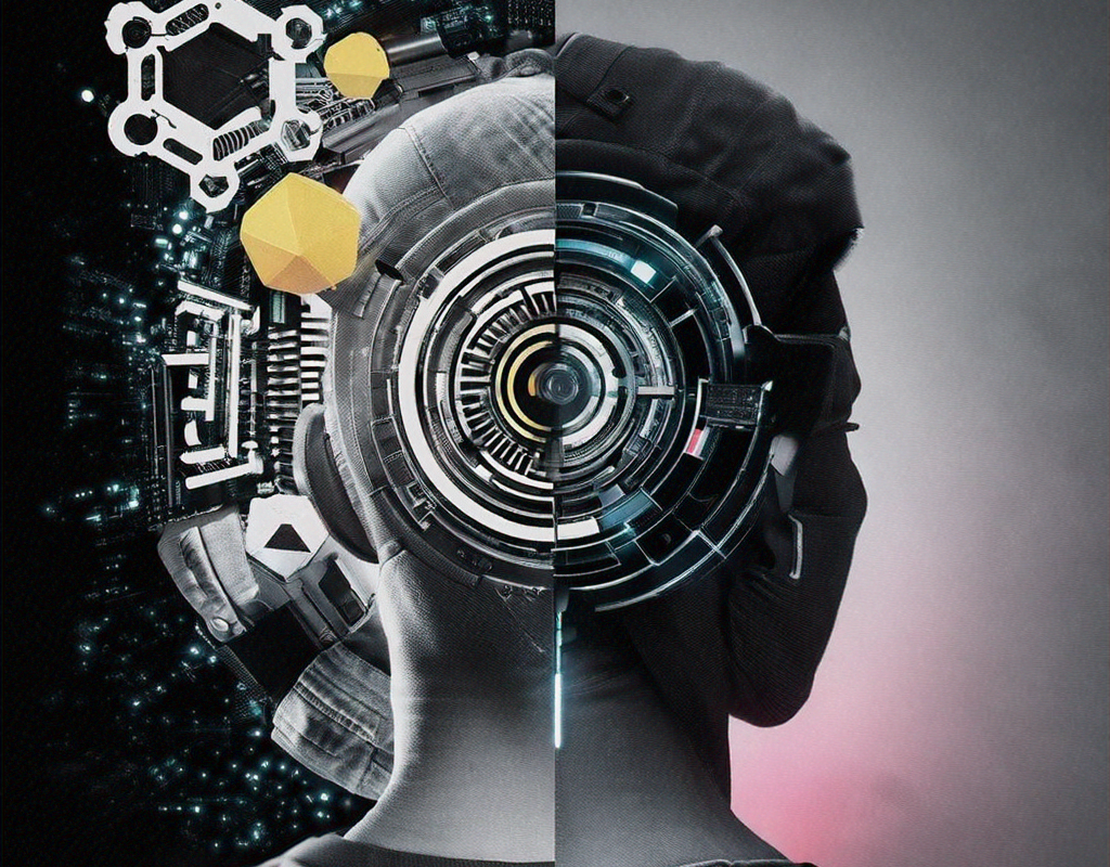
SA vs Great SA
- Aws solution architect
- July 19, 2024
- 9 min read
- Original: AWS Internal Wiki
Table of Contents
What does it take?
What does it take to be a Great Solutions Architect?
This is one of the most common questions we hear, especially from Solution Architects (SA) in the early stages of their career, but also occasionally from more tech experienced but less tenured SAs (such as those who have moved over from another job family).
This is a really great question! And at times this can be a really philosophical topic, which often relies on discussion around SA tenure, length of career prior, exposure to different types of industries, technologies, practices, patterns, engagements, and education vs hands-on experience.
When people hear the famous Andy Jassy quote “There is no compression algorithm for experience” in the context of this question, it is quite fascinating to see the conversations usually ending up around education vs experience and length of career vs exposure. All of these are relevant to varying degrees, but none of them are the key to what makes a “great” SA.
The primary differentiator between an SA and a “great” SA lies in their critical thinking ability.
Critical thinking is a broad and open-ended process of evaluating information from multiple perspectives, questioning assumptions, and drawing reasoned conclusions. The purpose of critical thinking is to empower individuals to think more deeply, make more thoughtful choices, and develop a greater understanding of the problem domain. It involves a willingness to challenge existing ideas (the antithesis of “we’ve always done it this way”), consider alternative viewpoints, and think independently (don’t be afraid to be misunderstood).
Most people confuse problem solving and critical thinking - the key is in understanding the differences and how to apply them together. Problem solving is a more focused process of identifying a specific issue, analyzing it, and implementing a solution. It follows a structured, step-by-step method to address a well-defined problem. The purpose of problem solving is to find the best solution to a particular challenge. Critical thinking is a fundamental skill for effective problem-solving. When looking at the difference between an SA and a “great” SA, we might presume that an SA is more of a problem solver, following step-by-step methods for well defined problems, and a “great” SA is more of a critical thinker, applying problem solving with a more open-minded process of evaluation to draw well reasoned conclusions.
Critical thinking lies at the heart of being a good Amazonian. Part of the Amazon hiring process (“The Loop”) focuses on the Amazon Leadership Principles (LP), and the cadidates ability to think critically, to discuss how they embody the LPs. But “great” SAs leverage their critical thinking to understand how and when to balance competing LPs - for example, balancing Bias for Action with Dive Deep. When is it good to pursue one vs. the other, is there a tipping point at which you have enough knowledge to act, and are these even the right questions? The core of this comes down to two questions: “why” and “so what”. The “why” question gets back to the Learn and Be Curious LP, where you seek to understand and clarify the context or situation, the problem statement, and potential solutions and their consequences. “So what” is a more complex question, seeking to understand the second or even third level effects of your actions. It can also sometimes be referred to as: “why should/did you do that”. As busy professionals, time is often our most valuable asset. Understanding the “why” allows us to ensure we are choosing the right activities to work on and the “so what” allows us to understand how to prioritize seemingly similar activities. Think about the last time someone asked you to do something - “why” should you have done it (or not) and what was the “so what” of doing said activity? Was it still worthwhile doing? Or by doing this activity, did you inadvertently say “no” to all the other activities you could have been doing with that time?
So what does this difference look like in the practical workings of being an SA vs a “great” SA?
| As an SA, you are expected to: | As a Great SA, you leverage critical thinking to: |
|---|---|
| Possess a working understanding of various technologies, architectures, and design patterns. | Dive deep to gain a comprehensive understanding of various technologies, architectures, and design patterns. Stay up-to-date with the latest industry trends, emerging technologies, and best practices, and continuously enhance their knowledge and skills. |
| Identify and document the technical requirements of a project. | Proactively identify and address potential challenges, risks, and opportunities during the solution design process. |
| Propose a solution that meets the functional and non-functional requirements. | Design scalable, resilient, and secure solutions that not only meet the current requirements but also anticipate future needs. |
| Ensure the proposed solution aligns with the organization’s standards and best practices. | Analyze complex problems from multiple angles and propose innovative solution options. Effectively communicate technical concepts to both technical and non-technical stakeholders, ensuring clear alignment and buy-in. |
| Coordinate with different teams (Partner/Account, Specialists, ProServ, Operations, Support, AppSec, etc.) to implement the solution. | Collaborate closely with cross-functional teams, fostering a collective understanding and driving the successful implementation of the solution. |
| Monitor the deployed solution and makes adjustments as needed. | Continuously monitor the deployed solution, proactively identify areas for improvement, and implement enhancements to optimize performance, reliability, and cost-effectiveness. |
| Demonstrate strong leadership, mentoring, and knowledge-sharing abilities to build a strong technical team and contribute to the overall growth and development of the organization. |
In summary, the “great” SA uses critical thinking to get to a deeper level of understanding not only the problem but the environment surrounding the problem, a more strategic and proactive approach, and the ability to design and implement solutions that not only meet the immediate requirements but also anticipate and address future needs, thereby delivering greater value to the organization (whether external or internal).
Call to action
Customer/partner facing: Are you often waiting for a partner or customer to come to you with problems to solve (are you in reactive mode)? Think about how you could better understand their business, operating model, desires, and worries. We are SAs, so consider how you can improve their business from a technical perspective. Even if you don’t find anything to solve, by seeking to understand them deeply, you will earn trust with your partner or customer making them more likely to bring their problems to you. In turn, the depth of understanding of their business will help you to make better informed choices for designing solutions uniquely specific to their problems, irrespective of how well-defined the problem may be.
Internal facing: Think about your goals for the year, there’s a good likelihood that those goals are either outcome goals (example: revenue of X) or activity goals (example: number of 1:1s). For things that are in your control (example: number of 1:1s), have you thought about how you will apply that to your business objectives (example: establish AWS Security Lake with payment cryptography providers)? And for each of your business objectives, are you answering the questions “why” and “so what”, especially as it relates to reporting progress
Useful resources
Good Strategy, Bad Strategy- Richard P. Rumelt
Thinking, Fast and Slow - Daniel Kahneman
Think Again - Adam Grant
Eisenhower Matrix - prioritization framework


